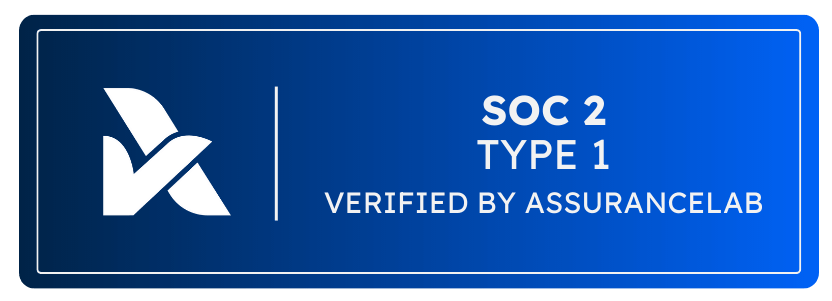The following is an excerpt from today’s webinar, How to Get to Know Your Teams Virtually, with Co-founder and Chief Brand Officer, Sammy Courtright. Watch the recording here or continue reading below. Webinar attendees received a free employee user guide template but if you’d like one of your own, send us an email and we can help you out.
When interviewing candidates for a certain position, you’re predominantly focused on ensuring that they possess the skill set required for the job and that they are compatible with your organization. But unless you’ve worked with the candidate before, you don’t really know how they truly operate. So you extend the offer, they accept and now it’s their first day. Sure, now you can wait 30-45 days to really understand how this new hire operates or you can speed up this uncovering process by implementing a tool we call a user guide.
When you buy a new product or use a new service, you’re often met with detailed instructions – a user manual – that teaches you how to to use the thing. A personal user guide for yourself and your employees works in a similar way by providing clarity for how you all operate. It covers your peak productivity hours, how you like to work, your communication preferences, what you value, what your blind spots are, and importantly how others can work best with you.
So today we are going to not only explain what a user guide is, but we are going to share a template for a user guide so you can get a head start.
Challenges Connecting Teams Virtually
Let’s look at a couple stats to paint a picture on what’s going on:
According to a recent Workable survey, more than 37% of participants said they experienced significant problems during remote onboarding processes. Another survey, The Gartner ReimagineHR Employee Survey, uncovered that 41% of employees don’t feel connected to colleagues when working remotely and the same survey found that 26% of employees feel isolated, leading to lowered productivity and interest in their work.
Let’s look at how user guides can help.
Value of Connecting with User Guides
- Creates connections that unite a distributed team
- Reduces burnout and missed work days
- Leads to increased productivity and focus
- Reduces attrition rates and costs of replacing talent
- Creates positive sentiment through much stronger culture
What is a User Guide?
Think of this as your operating manual. What do people need to know about you in order for you to be most effective at your job? This should be a templated document so every employee is asked the same questions. A user guide should also be a fun task to complete. The length should be determined by the author! Do not limit employees!
The best part is that the user guide can be used as an User Guides when introducing new employees to the company. Or when the new hire is paired with another employee for training or onboarding purposes. Finally, make the user guide easy to share. We recommend tools like Google docs or Dropbox where other team members can collaborate on the document, leave comments, emoji’s, etc.
Questions to Consider and a Few Do’s and Don’t’s
There are many questions you can include in your own templated document. Try and go for a mix of professional and personal related questions to get a well-rounded view of the person. Here are a few of Intuition’s favorites:
- When are you most productive?
- What is your preferred method of communication?
- Are you a morning person or a night owl?
- What are you listening to?
- What are you reading?
- Do you like to wear headphones while you’re working?
- Dogs or cats? If you own any, pictures please!
- Fun fact!
Keep in mind it’s a good idea to set some boundaries during the process. For example, do share with others. The best part about user guides is sharing them with the team. At Intuition, we have new hires post their user guide in Slack (Intuition’s preferred communication tool) with a quick intro on themselves. It picks up the team chatter and makes the new hire feel more comfortable engaging with others.
Another do is to have employees create their user guides within their first week and use them as a tool to connect employees with similar interests
Some important don’ts to keep in mind: don’t limit word count, don’t allow other employees to leave comments that might be hurtful or offensive, and don’t let user guides standstill – preferences change over time so revisit user guides in an annual review
Finally, try to avoid topics that you don’t discuss at work – it is tempting to express opinions on politics, for example, but if that is not something that you discuss at work, then avoid it on the user guide.
Best Practices
- Review with manager
- Team member shares user guide virtually on conferencing platform
- Each person shares their user guide with the team and answers questions
- Make this a fun process by incorporating a team-building experience (i.e., make this a bonding experience by ordering happy hour cocktail kits from Drynxmyth)
- Encourage team to revise often
- Keep your team’s user guides saved in your team’s shared workspace so everyone can get up to speed quickly









